Essential Fall Home Inspection Checklist.
As the warm days of summer give way to the crisp air of fall, it’s time to focus on preparing your home for the colder months ahead. One essential task that demands your attention is a thorough home inspection. Whether you’ve just moved in or have lived in your home for years, a fall inspection is crucial for ensuring your home remains safe, comfortable, and energy-efficient as winter approaches.
Why Fall is the Perfect Time for a Home Inspection
First and foremost, fall offers ideal weather conditions for a home inspection. The mild temperatures make it easier to spot potential issues, unlike the extremes of summer or winter. Furthermore, addressing any problems now prevents small issues from escalating into costly repairs during the winter, when snow, ice, and freezing temperatures can worsen existing problems.
Key Areas to Focus On During a Fall Home Inspection
- Roof and Gutters: Start by inspecting your roof, as it serves as your home’s first line of defense against the elements. Look for missing or damaged shingles, as well as any signs of wear and tear. Next, ensure that your gutters and downspouts are clear of debris. Clogged gutters can cause water to back up, leading to leaks or ice dams during the winter.
- Heating System: Since the colder months are just around the corner, it’s crucial to make sure your heating system functions properly. Schedule a professional inspection and servicing of your furnace or heat pump to prepare for the winter workload. Additionally, check for leaks in your ductwork, which can reduce your system’s efficiency.
- Windows and Doors: Next, examine your windows and doors for drafts or gaps that could lead to heat loss. Sealing these gaps with weatherstripping or caulking will keep your home warm and your energy bills low.
- Insulation: Proper insulation is key to maintaining a comfortable temperature in your home during the winter. Check the insulation in your attic, walls, and crawl spaces. If you find it insufficient or deteriorated, add more insulation to improve your home’s energy efficiency.
- Plumbing: As temperatures drop, the risk of frozen pipes increases. Inspect any exposed pipes in unheated areas of your home, such as the garage, basement, or attic. Insulating these pipes prevents them from freezing and bursting, which would cause significant water damage.
- Foundation and Exterior: Lastly, inspect your home’s foundation for cracks or signs of shifting. These could indicate underlying issues that require immediate attention. Also, examine the exterior of your home, including siding and paint, to ensure there’s no damage that could worsen with the onset of winter weather.
The Benefits of a Fall Home Inspection
Investing in a fall home inspection offers several compelling benefits. First, it allows for preventative maintenance by identifying and addressing potential issues before they turn into major, costly repairs. Second, it improves your home’s energy efficiency by ensuring it’s properly sealed and insulated, which helps reduce energy waste and lowers your heating bills throughout the winter.
Furthermore, a well-maintained home increases comfort by keeping you warm and cozy all winter long. Ensuring your heating system works efficiently and that your home is free from drafts directly contributes to a more comfortable living environment.
Finally, conducting a fall home inspection provides you with peace of mind. Knowing your home is in excellent condition as winter approaches allows you to enjoy the season without worrying about unexpected repairs or skyrocketing energy bills.
Conclusion
As fall approaches, prioritize a home inspection on your seasonal to-do list. By inspecting and maintaining your home now, you guarantee it’s ready to handle whatever winter throws its way. Whether you inspect your home yourself or hire a professional, taking action now ensures your home remains safe, comfortable, and energy-efficient throughout the winter season.
